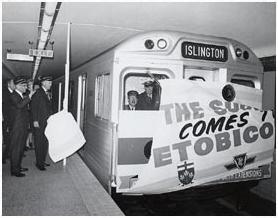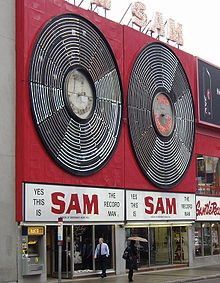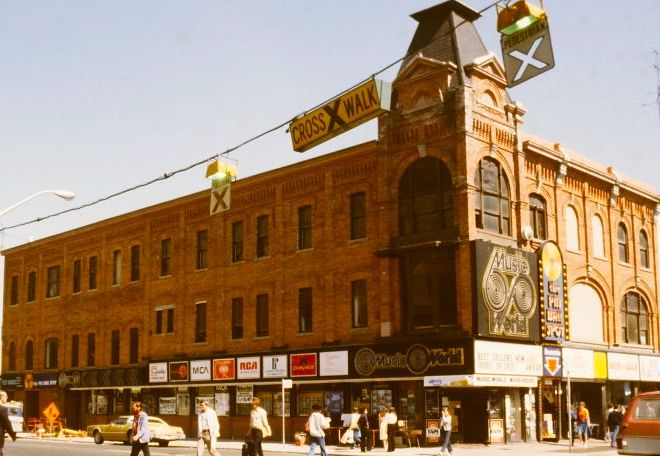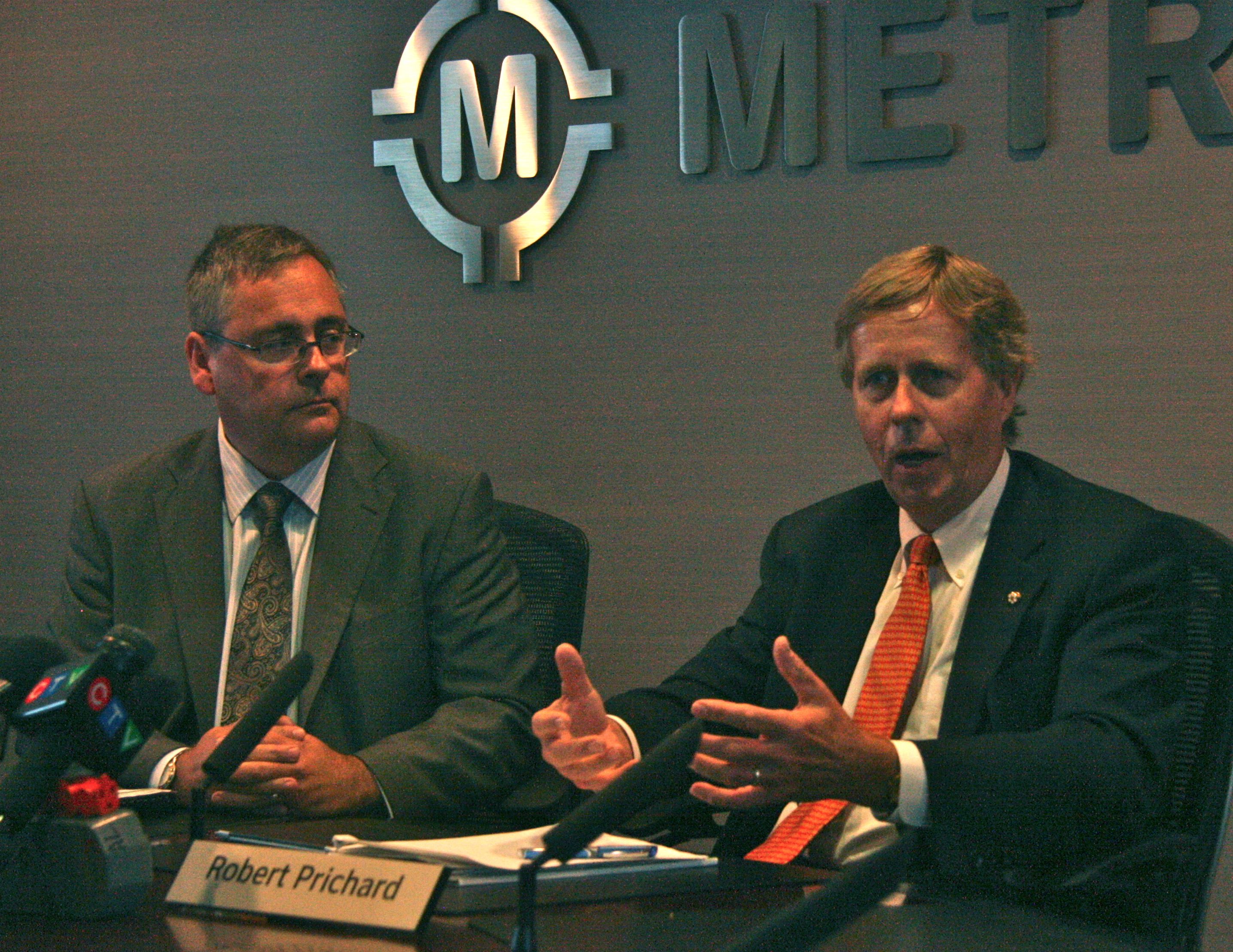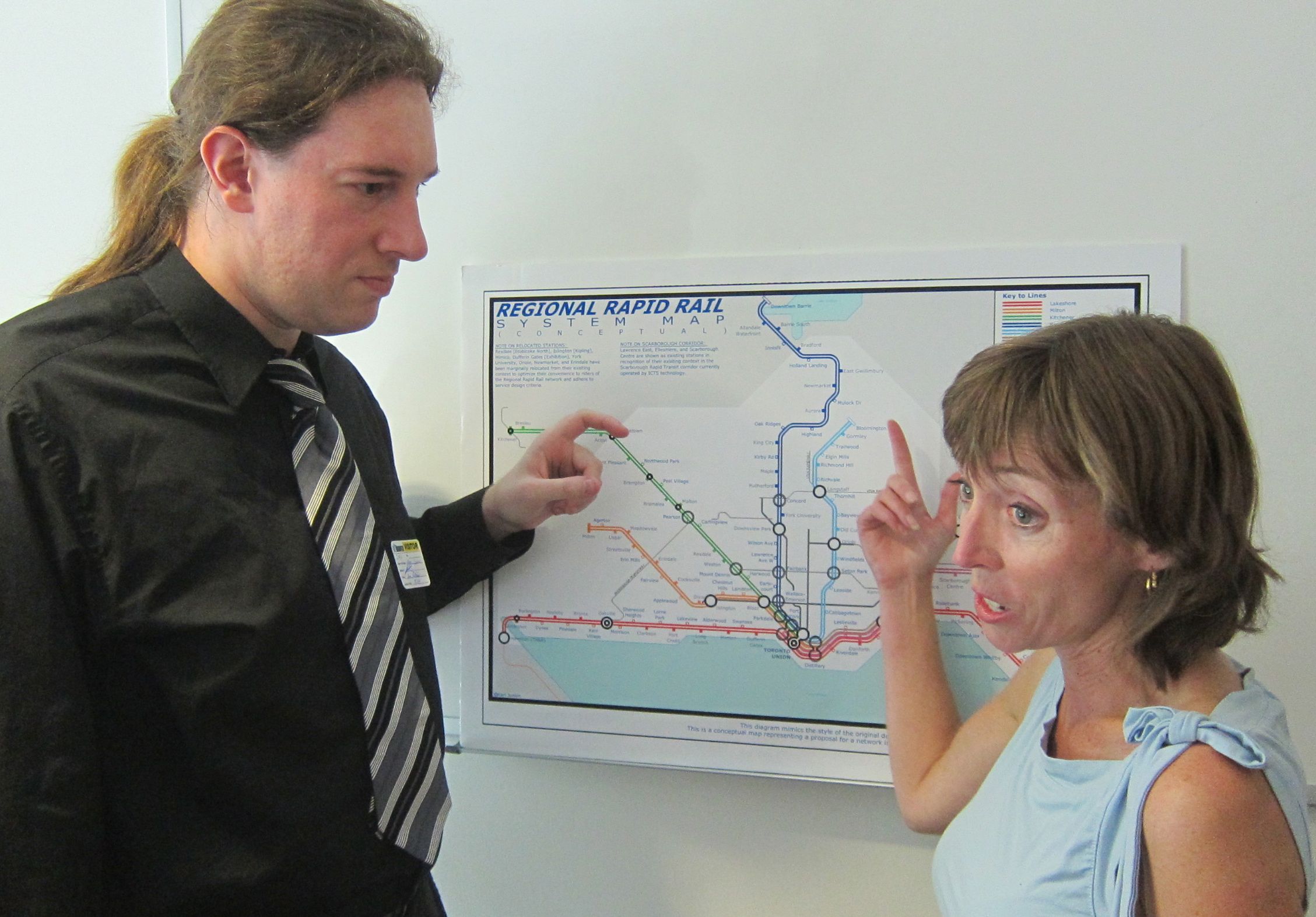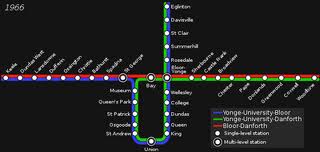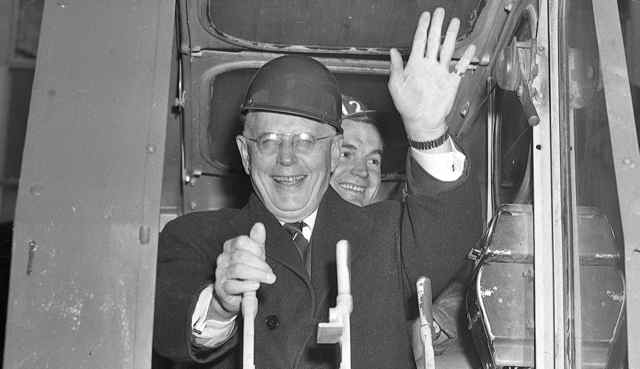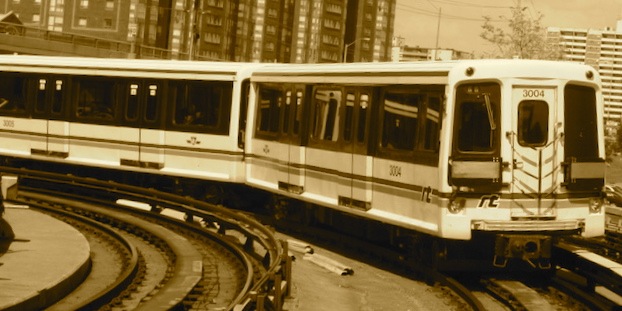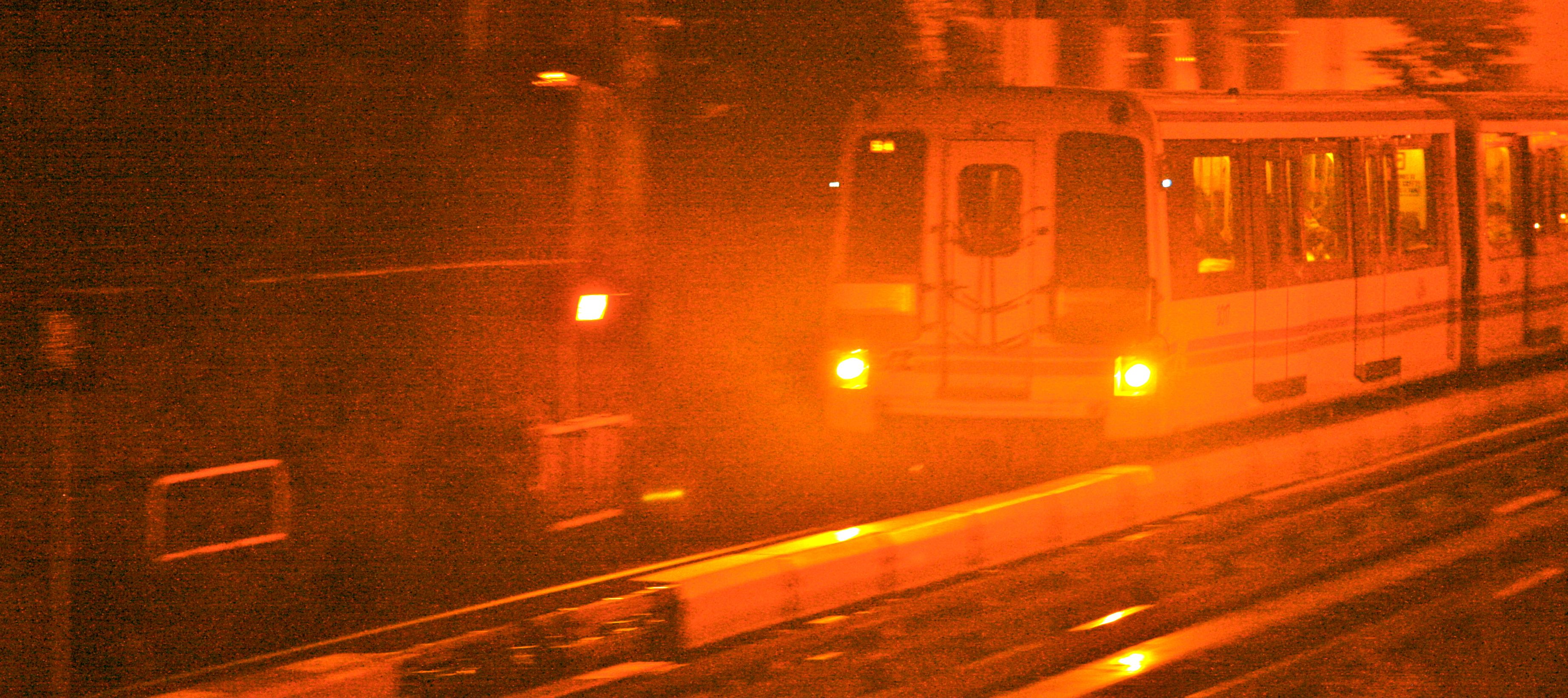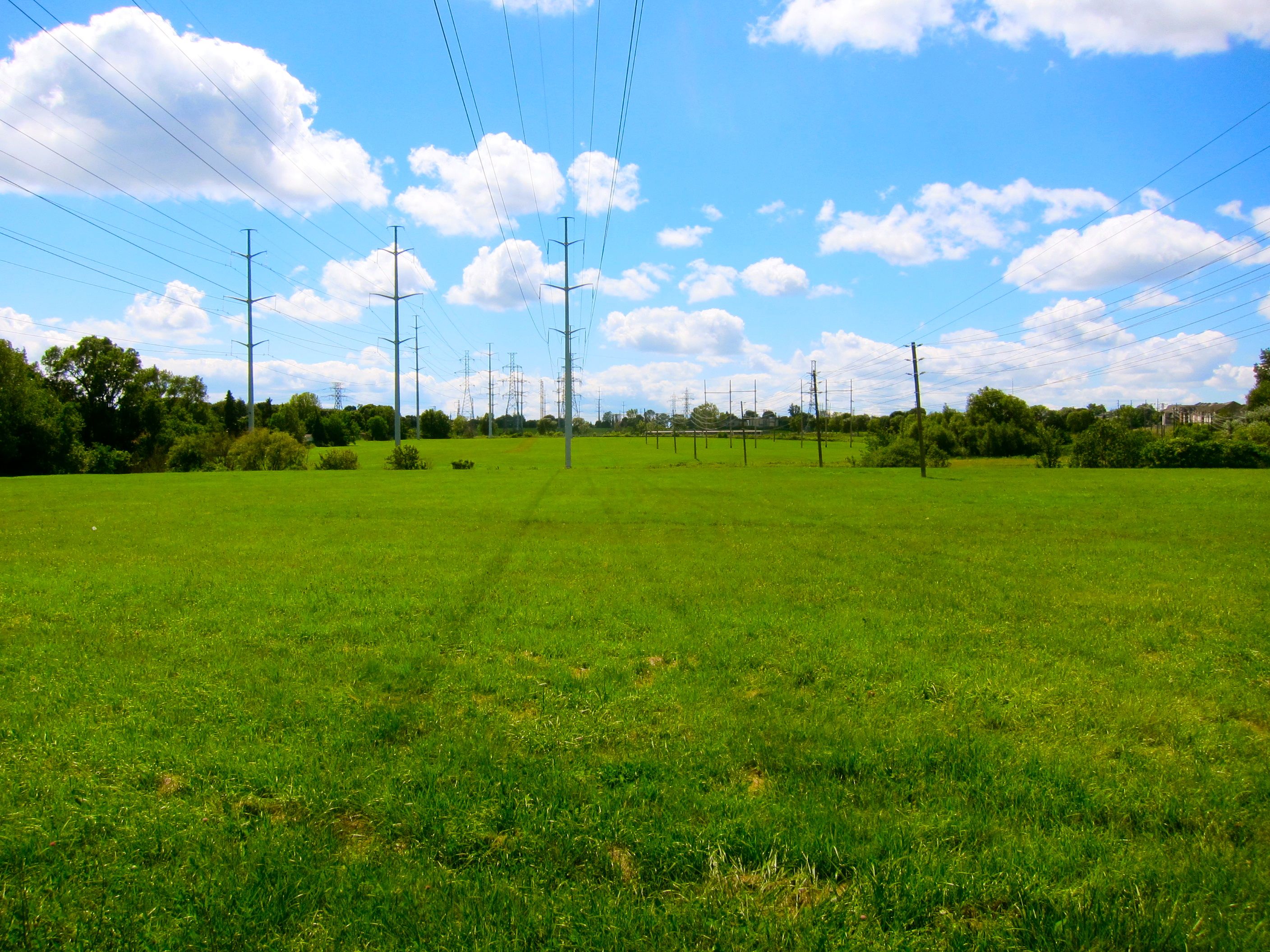Lauding the Tories’ record makes only slightly more sense than thanking her royal highness, Queen Elizabeth, for Toronto’s subway system
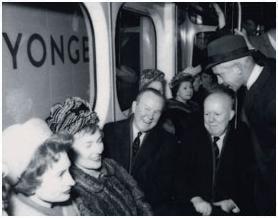
According to 680News on Wednesday (Sept. 18), new MP Doug Holyday said that under Conservative leadership, 64 subway stops have opened in Toronto, and that “in the last 10 years, under Liberal leadership, we’ve not opened up any.”
He’s correct, though it’s a factoid that cries out for explanation.
And before we go further, I should make clear I have no rooting interest at Queen’s Park. The Liberals, NDP and Tories all have fingerprints on the transit mess that plagues the GTA.
So, as for Holyday’s take on history, it’s worth noting both senior levels of government refused to fund the subway projects that produced our first 38 stations, Eglinton to St. George and Keele to Woodbine. Holyday, the Tories’ new GTA subways and gridlock critic, should know that that’s 60 per cent of the stations, and that they’re all in locations where subway actually makes sense on all levels, from land-use to economics to basic travel demand.
Tory premier Leslie Miscampbell Frost showed up penniless in 1959 for the University-Bloor-Danforth groundbreaking. All he brought was a speech warning Metro and the TTC not to get buried in debt for the project. Toronto went ahead and built, using a property tax surcharge, and we’re still living off the foresight of that generation’s decision.
Frost’s successor, John Parmenter Robarts (and we’re not making up these middle names), eventually guaranteed Metro’s loans, allowing work to be expedited and advance the Bloor-Danforth opening to February 1966 (25 stations and 16 kilometres in 75 months!).
There were eventually some small grants thrown in, but it’s fair to say the province didn’t get into transit funding until we pushed the Bloor-Danforth into Scarborough and Etobicoke in 1968, and the Yonge line into North York in the mid-1970s.And that’s when we seemed to lose control of transit planning.
The next premier, William Grenville Davis, gave us a funding formula many still pine for, but along with a new suburban dominance on Metro council, delivered an ill-conceived line with stations marooned in the median of the Spadina Expressway.
After less than a decade with the funding model, whereby the province would pay 75 per cent of capital costs and 50 per cent of operating shortfalls, Queen’s Park’s will to back transit withered. One-station Bloor-Danforth extensions to Kipling and Kennedy, opened in 1980, would be our last new subway for 16 years.
By then, Davis’s Tories, unaware that sprawl, not technology, was the root problem, were scrambling for something cheaper than subways to use in suburbia. They lost their minds and bet heavily on the Intermediate Capacity Transit System, developed by the Crown’s Urban Transit Development Corp. That, along with lots of arm-twisting, gave us the SRT that we now need to replace after less than three decades. It’s almost certain the SRT cost us more than a subway would have in the first place, something Holyday and others conveniently neglect to mention.
It’s easy to rip the Michael Deane Harris Tories for officially killing the Davis funding formula and for filling in tunnels that had been started for the Eglinton West subway (and the imposing amalgamation that makes Toronto impossible to govern). But few remember David Robert Peterson‘s Liberals unofficially put an end to urban transit funding at a critical time for the GTA.
Some commemorate June 3, 1971, when Davis killed the Spadina Expressway, as the start of some golden era of transit. But May 24, 1988, was as significant for 21st-century Ontarians in that Liberal transportation minister Ed Fulton announced the province would have nothing to do with Network 2011, the TTC and Metro’s plan for transit expansion.
Fulton, in announcing a 10-year plan for the GTA, shifted funding and emphasis from transit to extending and widening 400-series highways. New transit money largely went toward acquisition of land for “Gateways,” surface parking at GO stations in what we now call the 905. It was a monkey trap from which GO has yet to extricate its paws (though, as land banks, that asphalt holds great potential if anyone on Anne Golden’s new funding panel is smart enough to seriously consider adaptations of the Rail + Property model.
Many Metro councillors pointed out 25 years ago that the Peterson-Fulton legacy would be a massive boost to unsustainable sprawl, and they were bang on. Many of the headaches we now face are due to the fact that landscapes designed for drivers make the delivery of quality transit (and most other municipal services) extremely expensive, possibly in perpetuity.
And what about the NDP?
Three months before Peterson’s snap election call in the summer of 1990, he announced an apparent change of heart on transit with the Let’s Move plan, a disjointed but ambitious collection of lines. The NDP, led by Robert Keith Rae, promptly undercut any Liberal political advantage by backing the plan, but when they won a surprise major majority in September, they froze. Though some lines were of dubious transit value, they might have been good stimulus projects for the deep early-1990s recession. Rae’s NDP had barely started on transit when they were bounced by Harris’s Tories in 1995, and we all know the damage done by that crew in the following years.
But the biggest NDP damage occurred in 1986 at the municipal level.
Behind the scenes in the 1980s, the TTC and transit planners made clear that if we didn’t get started on the DRL soon, the economic health of Toronto’s core and its transit system would suffer, while runaway sprawl would get a big boost in York, Peel and Durham.
The TTC realized that at suburban-dominated Metro, it would have to compromise, so it agreed to allow the DRL to get second billing. Top priority would be a line on Sheppard (even if demand projections would need heavy torquing). Besides, the idea meshed with Metro planning’s hubris, a belief we could effectively decentralize growth by creating instant downtowns in Etobicoke, Scarborough and North York.
But even second priority for the DRL didn’t sit well with downtown NDP aldermen Jack Layton and Dale Martin, who feared “Manhattanization” and increased density in the core. They worked with suburban counterparts and planning staff to get the DRL dropped below Eglinton on Network 2011’s list, effectively killing the TTC’s top priority altogether. They backed us into a corner where now, every transit expansion plan that ignores the DRL’s urgency, whether it’s Transit City or subways to Richmond Hill or Scarborough Centre, aggravates overloading on the inner network and advances an imminent crisis.
For what it’s worth, Holyday’s right: all 64 subway stations opened while the Tories held power at Queen’s Park, but we might as well accord similar credit to the Queen.
Meanwhile, six more stops — wasteful grandiose, expensive, standalone stations — are slated to open between Downsview and Vaughan in 2016. Anyone posting odds on who will be in power? Does it matter?
